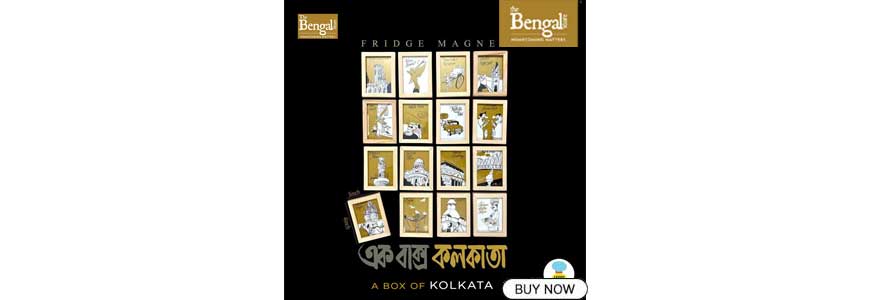House Number 13 on Cornwallis Street - a rich treasure trove of historical events
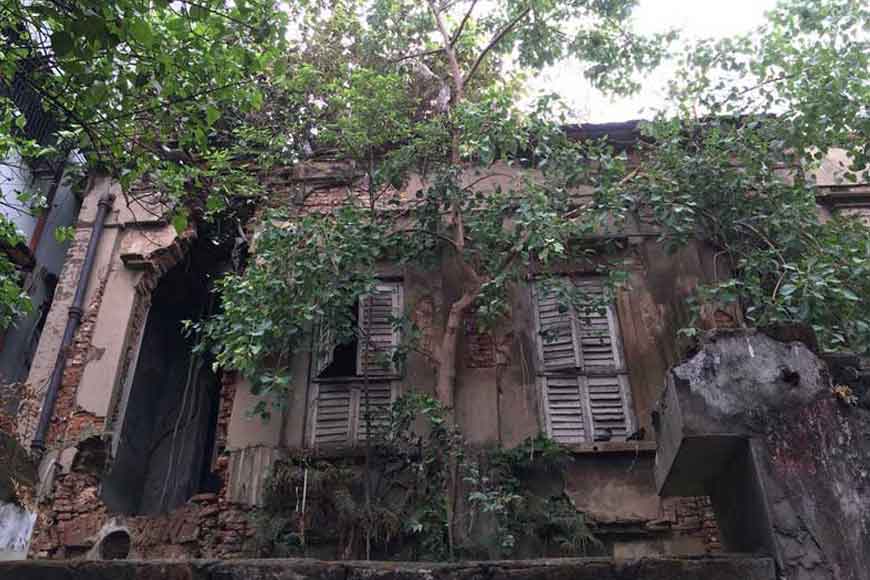
13, Cornwallis Street
The number 13 is often thought to bring ill omen, but not always. House No 13 on Cornwallis Street once belonged to Chandrashekhar Gupta and Govinda Gupta. This still stands as an imposing building, a rich treasure trove of historical events. But the most notable event that started from this house was the opening of Calcutta Training School in 1859. In 1861, a faction of the founders severed their ties with Calcutta Training School and set up another school, the Calcutta Training Academy, in this very house. Later, the Lahas of Than-Thane bought this house from the Guptas.
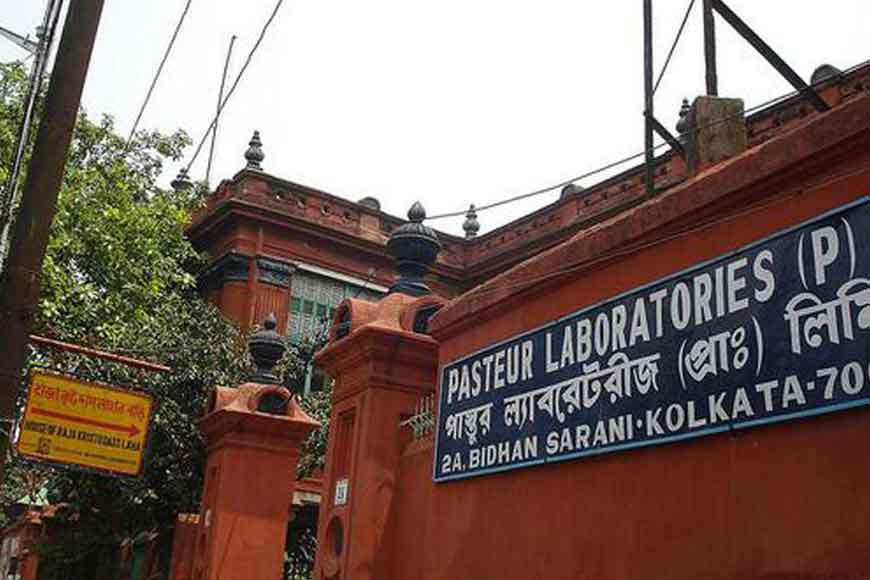
It was during the National Conference organized in this house by Nabagopal Mitra on September 15, 1872, revered intellectual and writer of Bengal Renaissance, Rajnarayan Basu, debated establishing the supremacy of Hinduism as a religion. Debendranath Tagore was the moderator of the session. In his memoir, Rajnarayan Basu mentioned, ‘The speech was delivered at the session held at House No 13, Cornwallis Street.
Calcutta Training Academy closed down in 1890 and the house now opened its gates to Brahma Balika Shikshalaya, a school for girls. The ground floor rooms of the outer section of the house were the school and its first floor was transformed into a boarding house for girls.
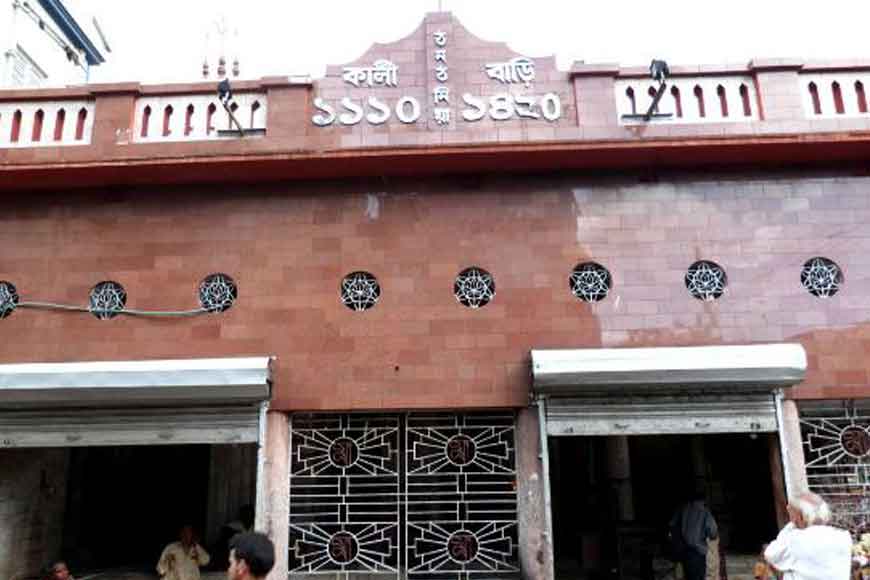
Calcutta Training Academy functioned from this house between 1861-1890. In 1894, it was shifted to 30, Cornwallis Street, and then, in the very next year (1895), it was once again shifted to No 13. On April 1, 1872, Nabagopal Mitra established National School in this house. The school functioned in two shifts: morning and evening sessions. The subjects taught here included, drawing and modeling, music, physical training, engineering and surveying, chemistry, botany, equestrian, and shooting. The Arms Act was yet to come into effect then. Sir Surendranath Bandopadhyay’s youngest sibling, bodybuilder Barrister Jitendranath Bandopadhyay, Bipin Chandra Pal, and Dr. Sundari Mohan Das practiced bodybuilding here.
It was during the National Conference organized in this house by Nabagopal Mitra on September 15, 1872, revered intellectual and writer of Bengal Renaissance, Rajnarayan Basu, debated establishing the supremacy of Hinduism as a religion. Debendranath Tagore was the moderator of the session. In his memoir, Rajnarayan Basu mentioned, ‘The speech was delivered at the session held at House No 13, Cornwallis Street. Now many Sadharon Brahmo Samaj followers live in the house. When I delivered my speech, it was on the premises of the Hindu Training Institution (I made a mistake in the name of the institution). The meeting was held in a jam-packed hall. It was overcrowded. Maharshi Debendranath Tagore moderated the session. Dr. Rajendralal Mitra and many other important dignitaries of the city were present at the meeting…. During the speech, not only did the audience present in the hall clapped rapturously but casual passers-by who stood on the thoroughfare to listen clapped loudly in unison.’
Calcutta Training Academy functioned from this house between 1861-1890. In 1894, it was shifted to 30, Cornwallis Street, and then, in the very next year (1895), it was once again shifted to No 13. On April 1, 1872, Nabagopal Mitra established National School in this house.
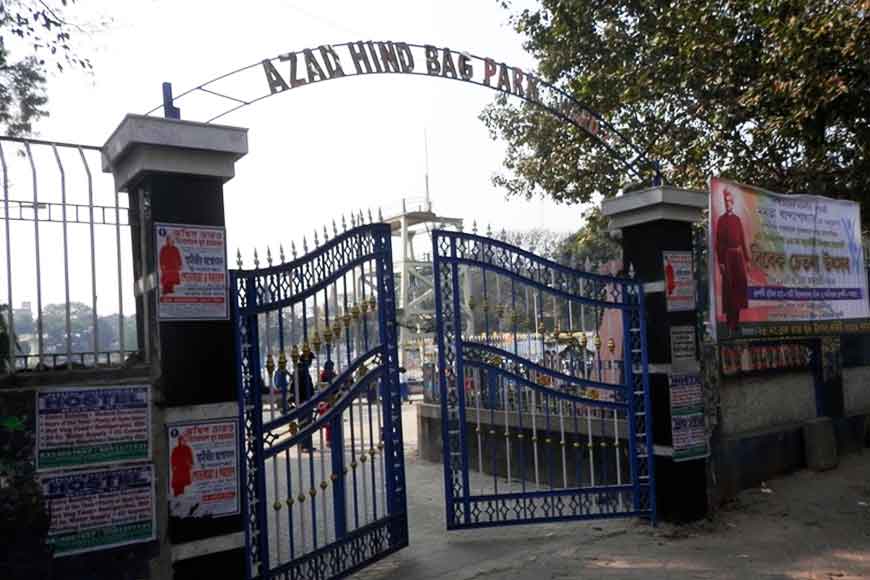
Calcutta Training Academy closed down in 1890 and the house now opened its gates to Brahma Balika Shikshalaya, a school for girls. The ground floor rooms of the outer section of the house were the school and its first floor was transformed into a boarding house for girls. The initiative for opening the girls’ school was taken by renowned scholar, religious reformer, educator, writer, and historian of that time, Sivanath Sastri (1847-1919). He was aided by other social reformers including Anandomohan Basu, Durgamohan Das (1841-1897), Umesh Chandra Dutta (1840-1907), and Dwarakanath Gangopadhyay (1844-1898).








